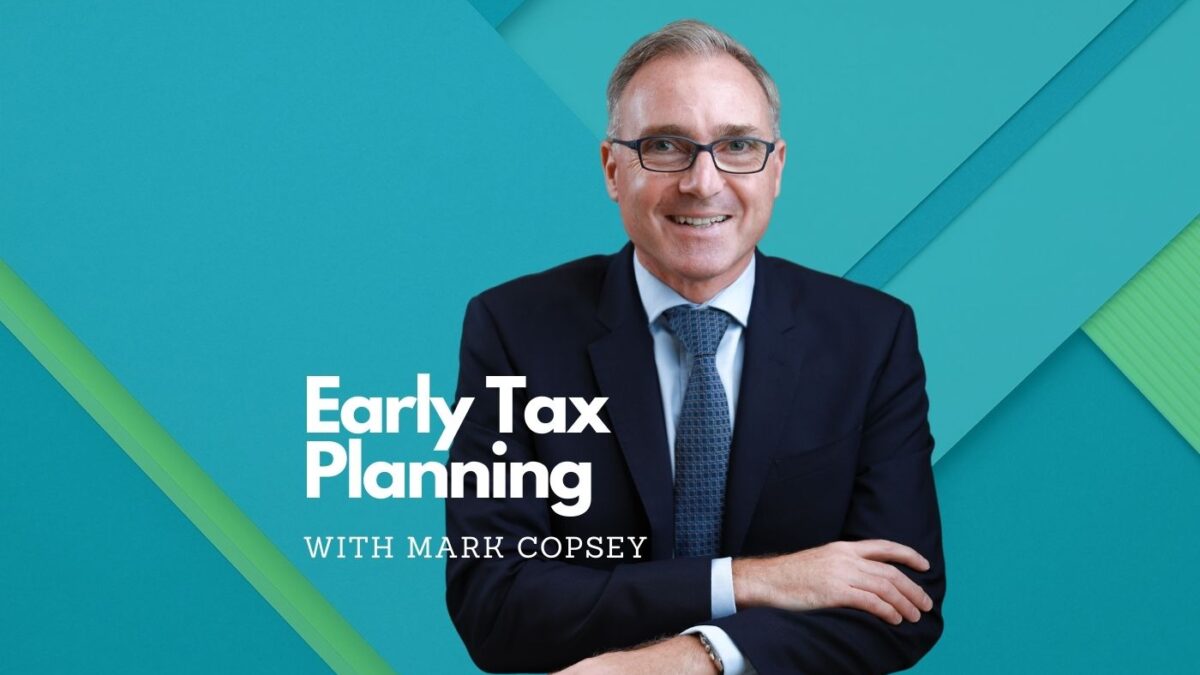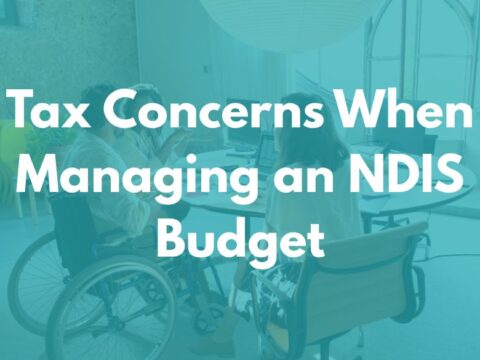Tax planning: the sooner, the better
By Mark Copsey, Partner
As we head into the festive season, it’s easy to lose sight of things – like tax planning – that could either cost or save you substantial sums next year. It all depends on how proactive and aware you are of key issues and changes that may affect your tax position.
This is something we can certainly help you with and take off your plate to a large extent, but it’s important to let us know when you think you are being negatively impacted by a recent change or not taking full advantage.
We look forward to kicking off productive tax planning discussions with you as soon as you’re ready – even if the first one doubles up as a Christmas catch up.
We’ll be doing more posting about this in the coming months, where we cover some important tips and the occasional ‘question of the month’ like this one:
Question of the month: Why have my PAYG instalments increased?
This is a common question we are asked by clients. First let’s look at what Pay As You Go Instalments (PAYGI) are.
When you receive a salary or wage, you have tax deducted at the source; you are effectively paying tax as you go. The technical name for this is Pay As You Go Withholding. However, for most other forms of income e.g. business income, rental income and investment income, there is no tax withholding at the source.
This is where the PAYGI system comes in. It is basically the ATO’s way of taking tax from you throughout the year rather than having to wait until after the end of the financial year when you lodge your tax return.
The way PAYGI are calculated is rather crude. They take information from your last lodged tax return and add a bit for inflation to come up with what they think your current year’s income will be (and then levy the tax on this amount).
I say rather crude as it assumes what you earned last year will continue to flow to this year. So if last year’s return shows a higher income, you will have larger PAYGI than the year before. And if your last tax return shows a lower income, your instalments will fall. This answers the initial question.
However, in the first case, it is possible to vary these higher instalments down if you believe they are too high based on your current circumstances. You will need to document why you believe they are too high e.g. changes in business conditions, changes in investment returns, changes in your expenses, etc. You can then prepare a new calculation of what you think your annual tax payable will be.
Let us know if you think this might apply to you and we can take a look together.
2023 tax planning considerations for individuals and businesses
People tend to consider their tax position at the end of the financial year – or worse – just after it has ended, when it is too late to do anything.
It is often sensible to look at your tax position a lot earlier in the year so you have ample time to plan, seek professional advice and implement any strategies. As we head into 2023, it’s worth starting to think about any changes you could make next year.
For 2023, key priorities for our clients are likely to include:
- Reviewing trust distributions: considering whether you can still allocate trust distributions (from your Family Trust or Discretionary Trust) to parents or adult children (who have turned or will be turning 18 this financial year) as a result of the recently released ATO rulings.
- Reviewing your super: maximising superannuation contributions and using carry-forward amounts from prior years (if applicable) to make even larger superannuation contributions. If your super account is less than $500,000 you may be able to contribute unused contributions from previous years.
- Bringing forward deductible expenses: thinking about next year’s expenses and whether they could be made prior to 30 June. This will give you time to plan and save for these.
- Managing capital gains: considering whether now is a good time to realise capital losses given the current market downturn.
- Using a Family Trust or a ‘bucket company’ to cap your tax at 25% or 30%: discussing this now will mean you are not rushing to complete it before the tax year-end.
Whether you plan to use your savings on paying down your mortgage, topping up your super, or taking a long-awaited international holiday with the family; there is no reason to be paying more tax than you should be.
NEXT STEPS
The sooner we get started, the sooner we can help you save tax. We need to do this well before 30 June 2023 to allow enough time to implement tax saving strategies. Contact us when you’re ready for a tax planning call or meeting.
IMPORTANT NOTICE
This blog post contains general information only and has been provided by Allworths without reference to your objectives, financial situation or needs. Allworths cannot guarantee the accuracy, completeness or timeliness of the information contained here. By making this information available to you, we are not providing professional advice or recommendations. Before acting on any of the information contained here, you should seek professional advice.




